Certain types of images can create visual effects or sensations that might feel like hallucinations.
These effects are not true hallucinations (which occur in the mind without external stimuli) but rather illusions caused by visual tricks that confuse the brain. Such images typically exploit patterns, colors, or motion to create disorienting or unusual perceptions.
Here are some examples:
1. Op Art (Optical Art)
- Artists like Bridget Riley and Victor Vasarely created patterns that seem to move, vibrate, or shift when viewed.
- Repeating geometric shapes, high contrast, and carefully arranged lines can trick the brain into perceiving motion or depth where none exists.
2. Ambiguous Images
- Images like the classic “Rubin’s Vase” or “Necker Cube” can switch between two interpretations, causing the brain to toggle between perceptions.
3. Illusory Motion
Here is an illusory motion image with swirling patterns and concentric circles designed to create the perception of movement.
- Static images with high-contrast patterns, curved lines, or gradient effects can create the illusion of movement. Examples include the “Rotating Snakes” illusion by Akiyoshi Kitaoka.
4. Afterimage Effects
Here is an illustration of a flag with inverted colors designed to create an afterimage effect. Stare at it for a while, then look at a blank surface to observe the “correct” colors appearing in your afterimage.
- Looking at an image with bright colors or a specific design for a prolonged period can create an afterimage when you look away.
- For example, staring at a flag with inverted colors and then shifting your gaze to a blank wall can reveal the “correct” colors.
5. Stereograms
Here is a stereogram image with a hidden 3D object embedded in a vibrant, complex pattern. Focus your gaze carefully to uncover the 3D shape!
- These are images that reveal a 3D scene when viewed with a specific focus technique (like “Magic Eye” images). They can feel immersive and mind-bending.
Here is a “Magic Eye” stereogram image designed with a hidden 3D object embedded in a vibrant and intricate pattern. Focus carefully to reveal the hidden 3D star!
6. Droste Effect
- This involves images within images, recursively creating the sensation of infinite depth or repetition.
Here is an image illustrating the Droste Effect, with a recursive design creating the illusion of infinite depth.
Here is an image featuring the Droste effect, where a scene repeats infinitely within itself. The recursive design creates a mesmerizing, endless loop.
7. Color and Pattern Overload
Here is a vibrant and visually overwhelming image with intricate patterns and saturated colors, designed to create a sense of energetic chaos.
- Images with highly saturated colors, intricate details, or overlapping patterns can overwhelm the visual system, causing disorientation or unusual perceptions.
8. Interactive Visual Stimuli
Here is an interactive visual stimuli image featuring concentric circles and wavy patterns with high-contrast colors. The design creates a hypnotic and dynamic effect that appears to move or shift as you observe it.
- Dynamic images or videos, like those that use rapidly flashing lights or oscillating patterns, can induce feelings of movement or even nausea in some people. Some animations or GIFs are designed to play with visual persistence.
Warning: Certain optical illusions or flickering patterns can trigger discomfort or even epileptic seizures in sensitive individuals. If you’re exploring such images, ensure you’re in a safe environment and aware of any potential risks.
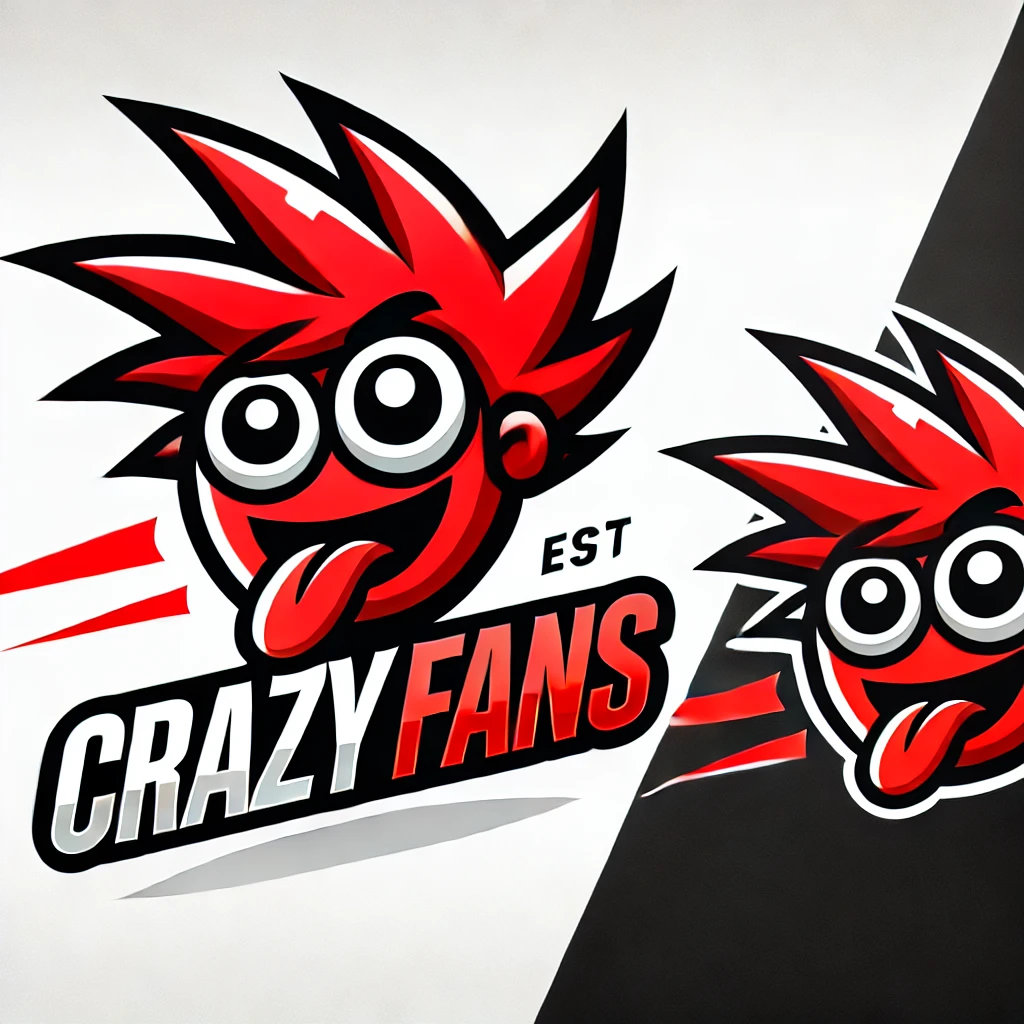
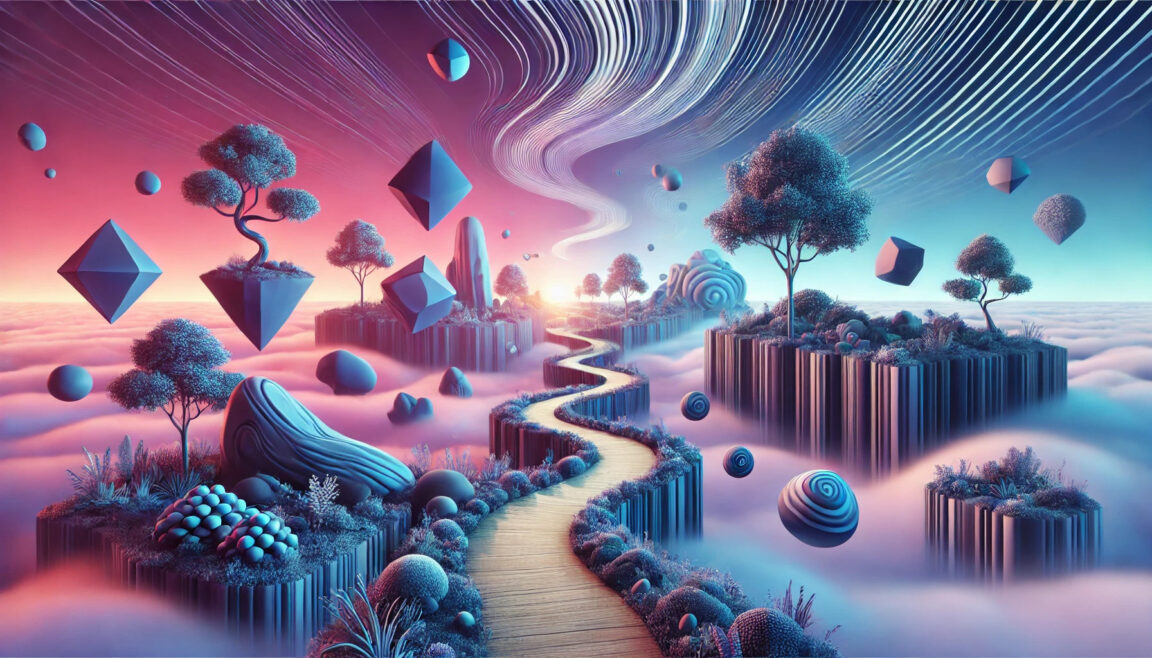
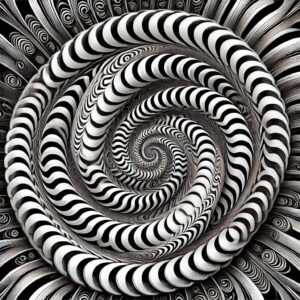
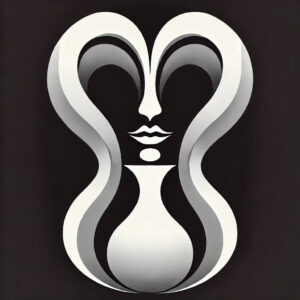
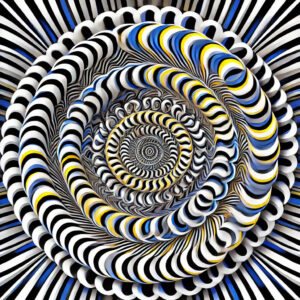
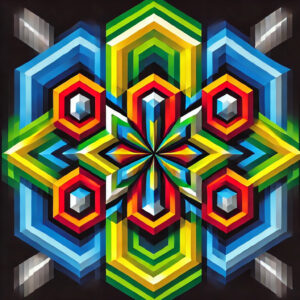
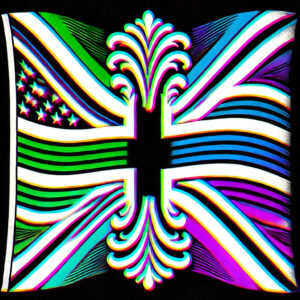
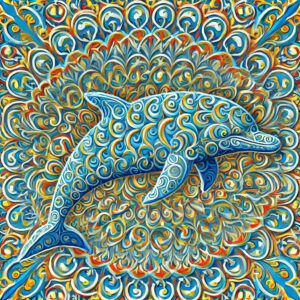
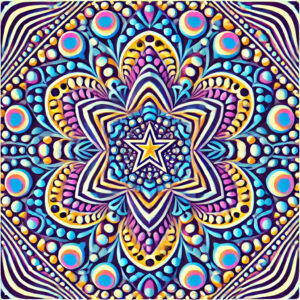
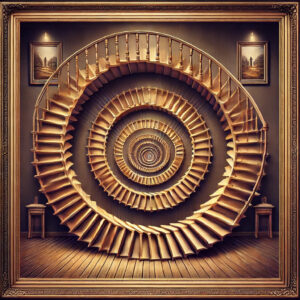
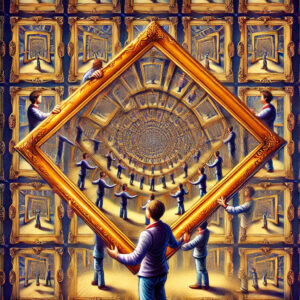
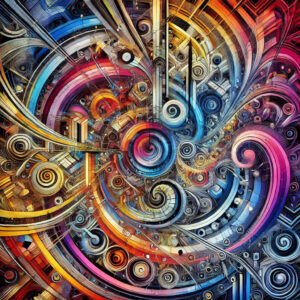
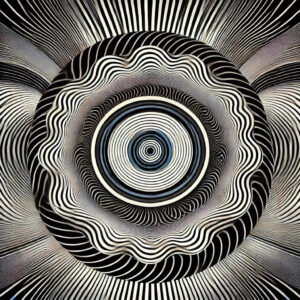


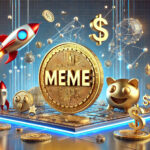
GIPHY App Key not set. Please check settings